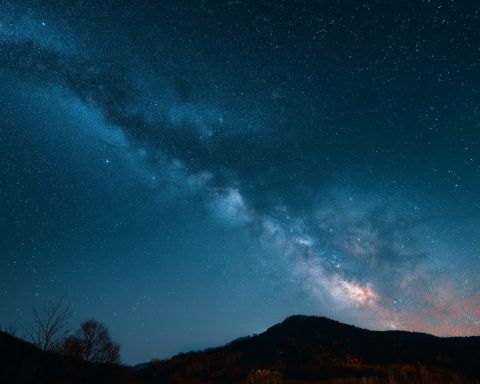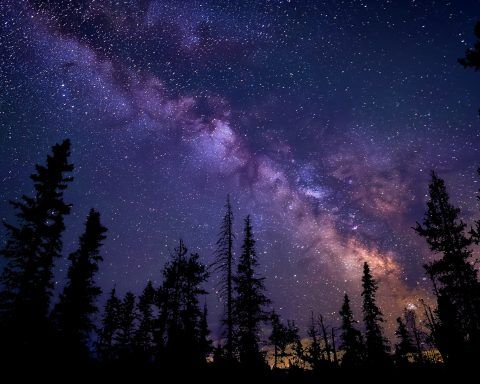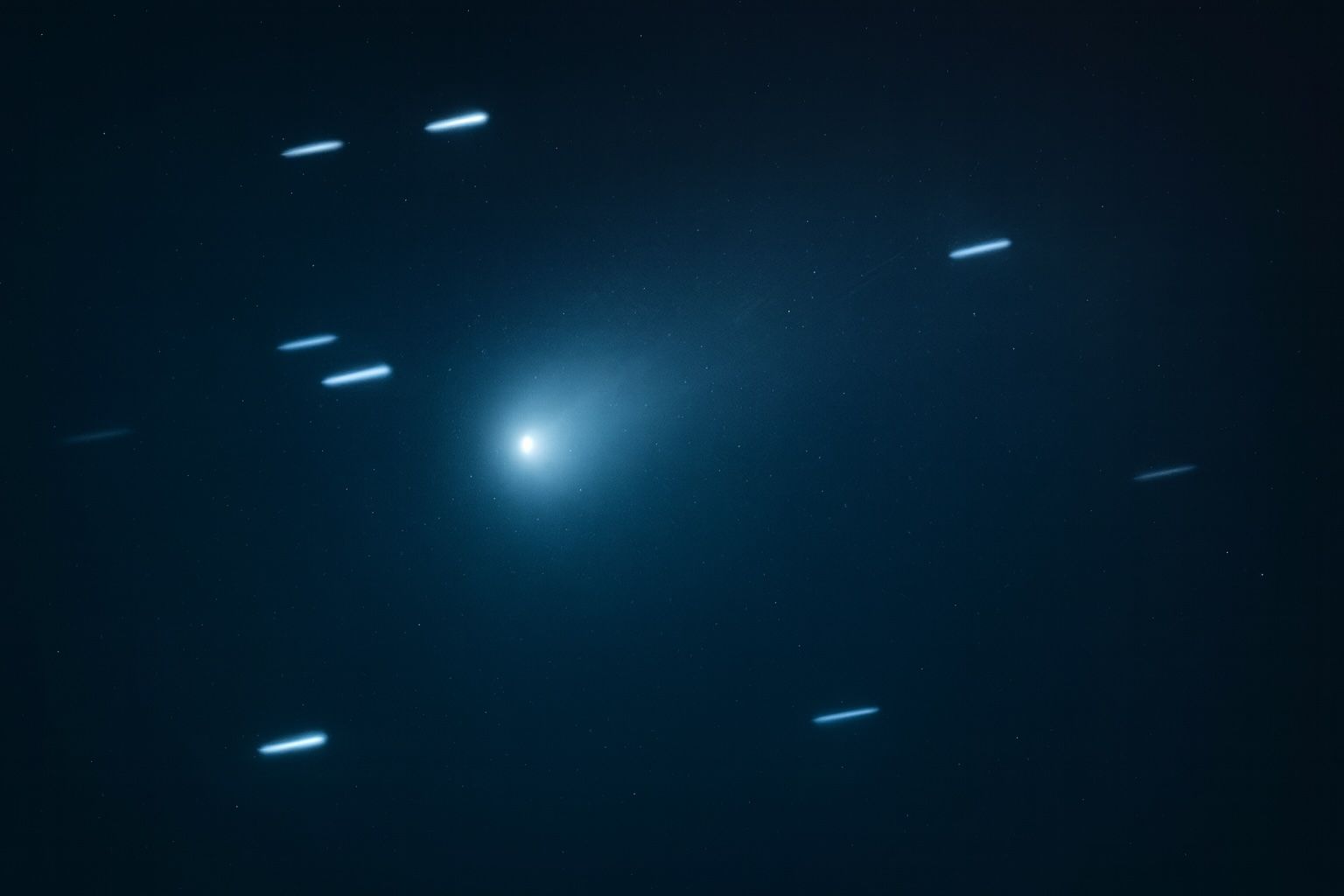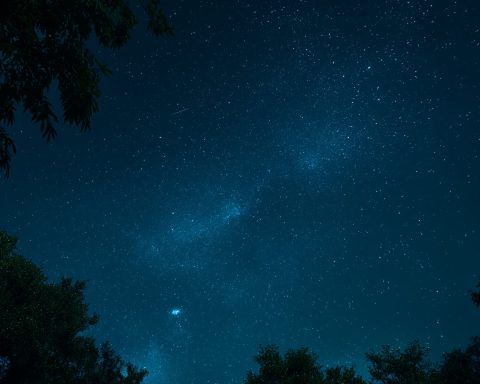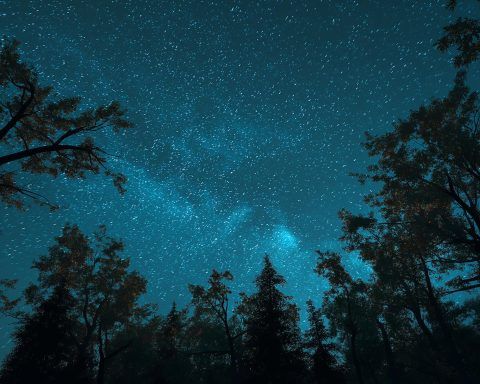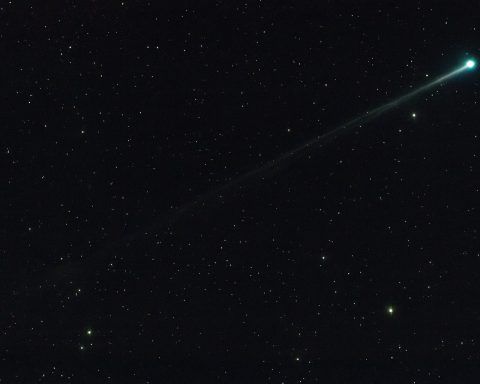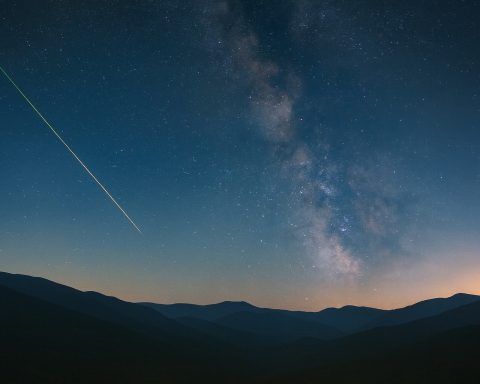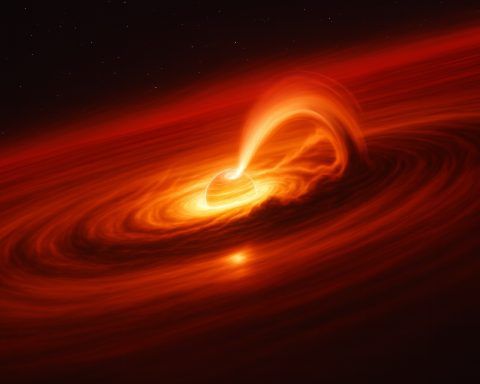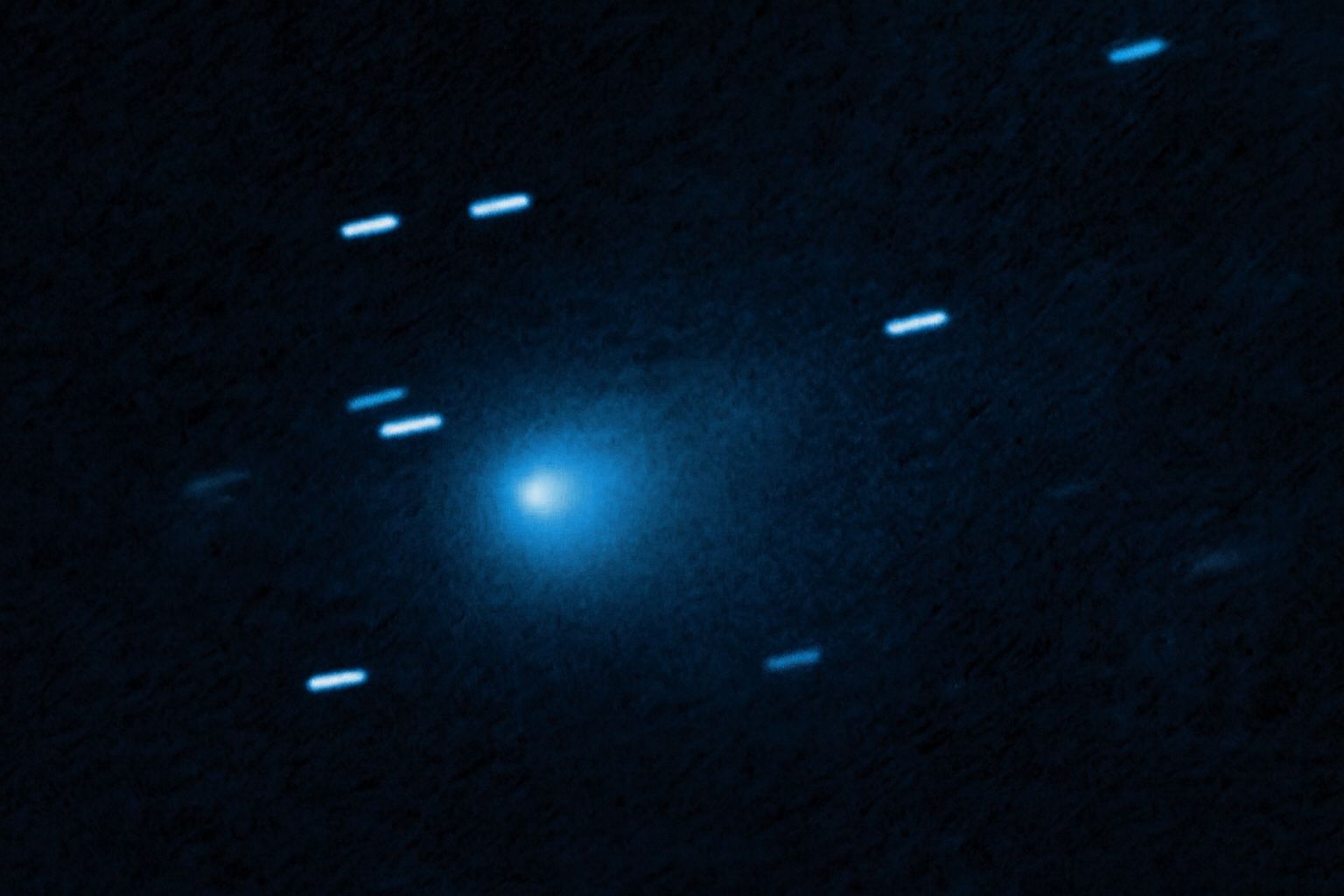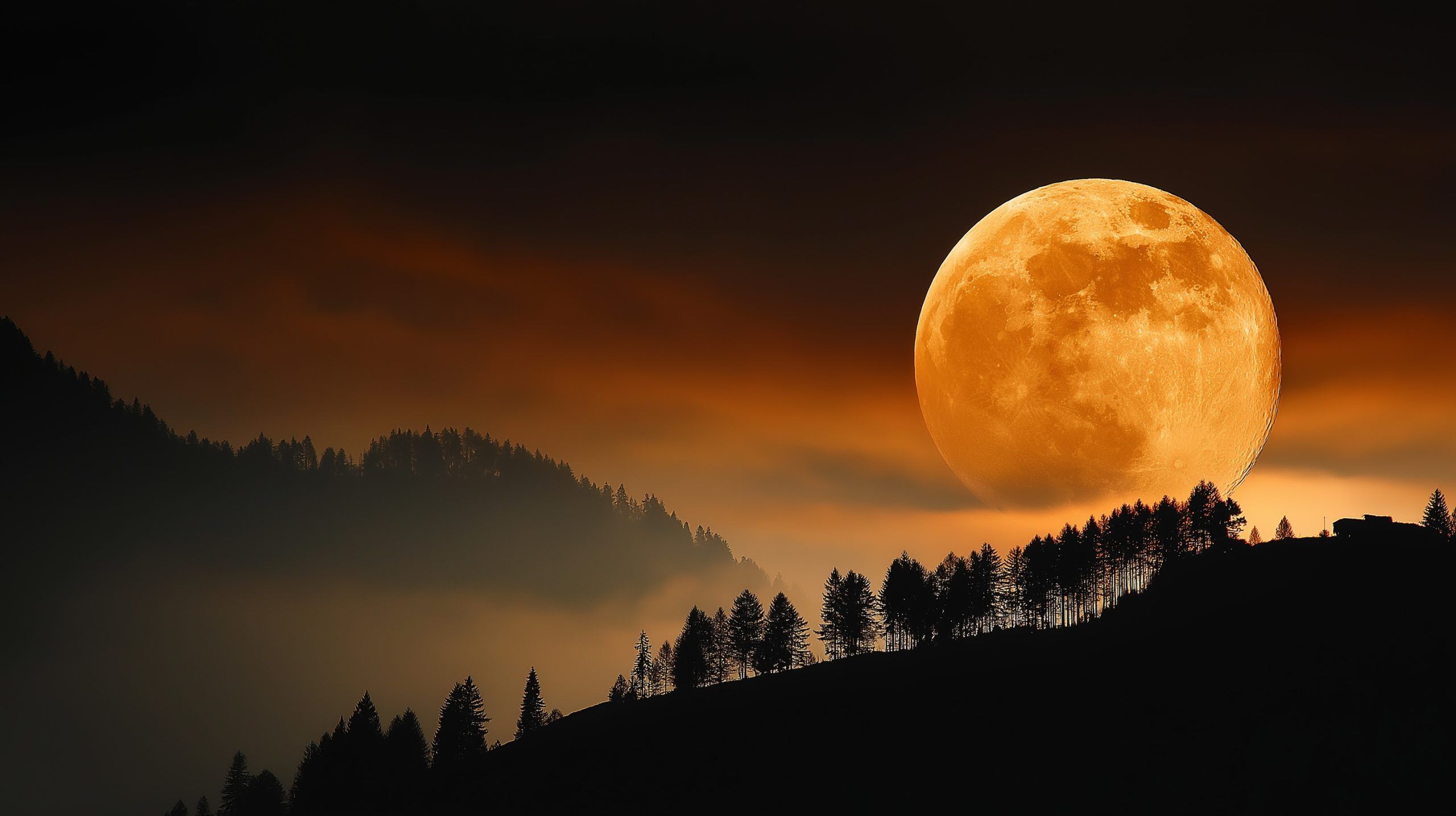
Space Race Heats Up: Double Launch Blitz, Comet Surprises & Global Space Showdowns (Oct 7–8, 2025)
Rapid Launch Cadence and New Missions SpaceX’s one-day, two-coast launch blitz. SpaceX demonstrated its unprecedented launch tempo by carrying out two Falcon 9 launches on Tuesday, Oct. 7 – one from Florida before dawn and another from California that night.
